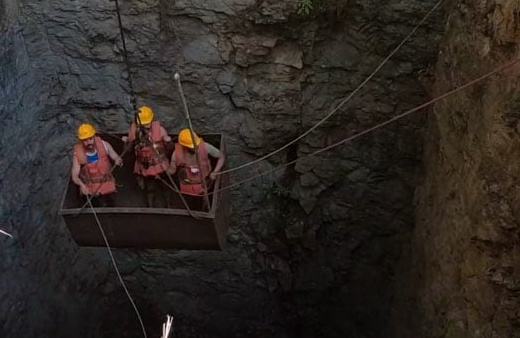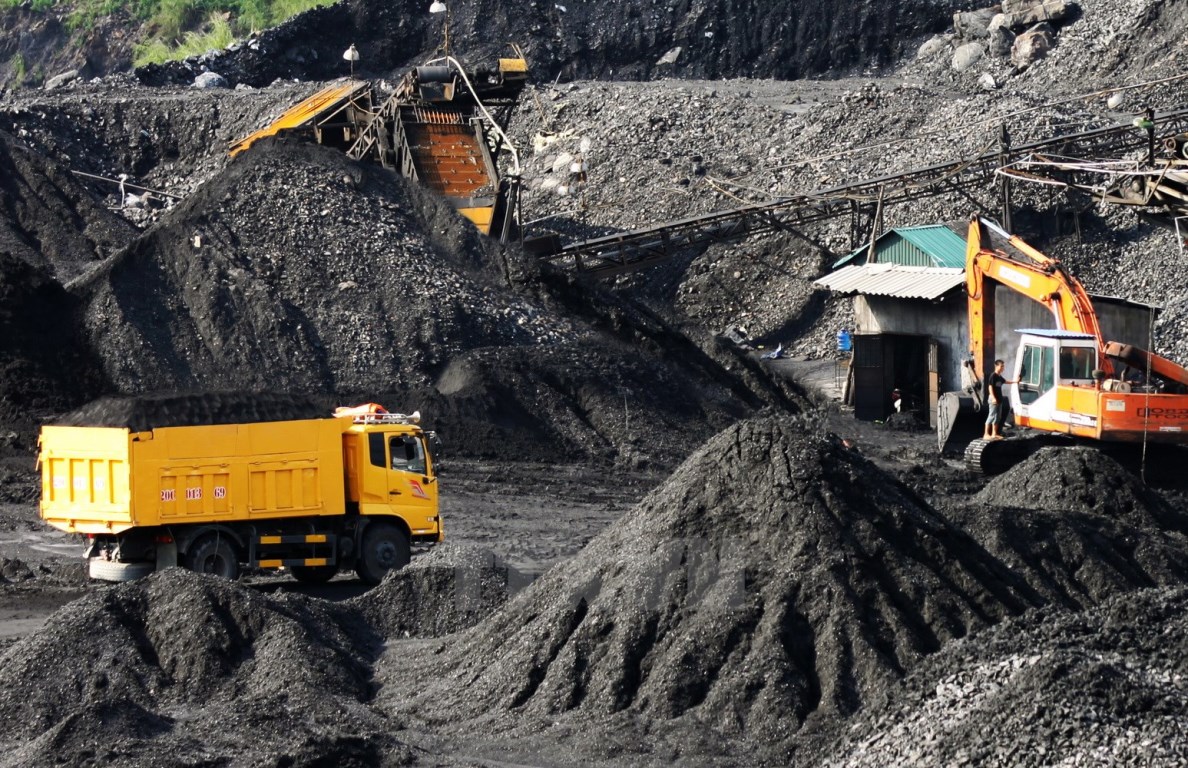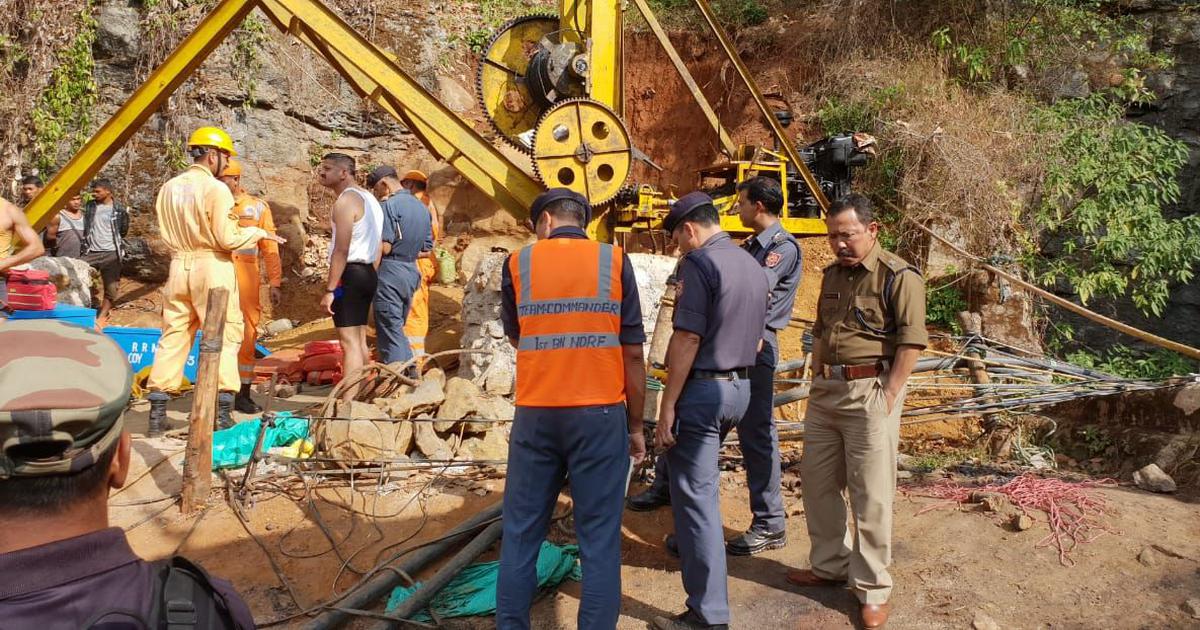Twenty days have passed since fifteen miners were trapped in a coal mine in Meghalaya. The search for them goes on amid political buck-passing.
The New Leam Staff
Meghalaya | The mining industry in India consists of one of the largest forms of economic production in the nation. The Gross Domestic Product of the mining industry ranges from 2.2-2.5%. The Indian mining industry efficiently provides sources of employment to over 700,000 people throughout the nation. The Indian mining industry is one of the most widespread among the nations in the world but it is also infamously in news for the human rights violations and environmental pollution.
The mining industry has been affected by several small and big scale accidents across time. The mining industry has once again emerged in the limelight because of the Meghalaya rescue operation where 15 workers have been trapped in a mine. As the rescue efforts to save the fifteen mine workers is going on in Meghalaya inside the flooded mine, it is time for the nation to rethink on the pathological condition of India’s mine workers.
Mission Continues In New Year: @OdishaFire personnel enter into the Meghalaya mines with high-power pumps to rescue the trapped coal miners #Odisha pic.twitter.com/PNae1Xzvvh
— Soumyajit Pattnaik (@soumyajitt) January 1, 2019
The navy team which had been given the task of rescuing the mine workers who have been trapped in the water clogged mines since December 13 could not rescue them because of high level water. The rescue operations began on Sunday when a special team came to rescue the mine workers. The mines are situated in the remote Jaintia Hills district.
Despite the fact that scores of specialised teams are working on the national disasters and on the site where these mine workers are trapped, there has been no update on finding the men or their bodies. The entrance to the mines is tiny enough to be called a rat-hole. The mines are dug out to extract coal and the nearly 113 meters deep mine has turned into a death trap for the poor working in these mines. It is ironic that rat-hole mines had been banned by the National Green Tribunal in 2014 but even today such mines are existent and continue to cause fatal mishaps. The owners of mines in Meghalaya had protested against the ban and challenged it in the Supreme Court.

The Meghalaya government had stated that if it closes the mines, it would lose Rs 700 crore due to it. This tragic state of affairs makes it abundantly legible that despite the Supreme Court ban, the illegal practice continues at a widespread level in the state.
The people working in the rat-hole mines are generally young men living in close by villages and most of them do not own any agricultural land. It is the stark deprivation and joblessness that compels the young men of the region to endanger their lives for the sake of living. The poverty is so rampant that the physical risks are often neglected. The trapped workers are all from families that have no secondary income source and in many cases have been the only bread earners of their whole families. With endangered occupations, low wages and hazardous living conditions, the irony of the fact is that despite consistent reminders the government has done little to ensure that these workers are entitled to a dignified life.












